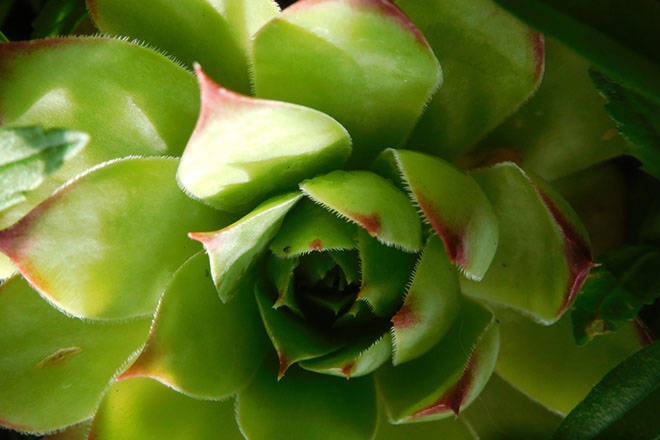Jocelyne Sewell
Morning Star Columnist
Finally we are getting a bit of rain but it is just false hope. It is barely wetting the leaves and underneath branches, it is very dry. I hope we get enough before the frost to wet the roots of plants. If we don’t, I will have to do a lot of more watering as I put the garden to sleep.
By now most of your tender vegetables and herbs like tomatoes, peppers and basil are not doing much in the garden. I have removed the rest of the green tomatoes and just spread them in trays on newspaper. This way if one of them start rotting, you can find it fast as the newspaper will get wet. As they ripen, you can eat them fresh or put them in the freezer for later use. Don’t forget the food bank or Upper Room Mission. Someone can use your extra vegetables so they don’t go to waste.
Peppers don’t require blanching before freezing. I cut the tops off and remove the seeds. I cut them in large pieces and lay them on cookie sheets. When frozen after a few hours, I put them in zip-lock bags in the freezer and they can be used all winter long for cooking.
When the first killing frost comes, it is time to dig up your dahlias and canna lilies. Before storing them for winter, they should be dried. Cut the stems about four to five inches (10- to 12cm). Remove the soil from the tubers. If you are using water, be gentle with the spray. Turn them upside down in a dry place for about one to two weeks to dry the tubers and then they will be ready to store. You can wrap each clump in newspaper in a box or paper bags with any peat moss , vermiculite , wood shavings or sawdust which is free from chemicals. I did mine one year in shredded leaves and it worked well.
Clean up your garden by removing any dead plants. Keeping them will only invite bugs and diseases. If you do not compost them, just bag them for the pick up later on. Some of the perennials can be left with the seed heads on as they provide food for the birds during the winter months. The ones that are to be cut should be done after the killing frost as the energy in the plants will go down to their roots. If you cut them off too early, they are not storing energy for the following year.
If your garden is very dry, you should give it enough water to keep plants moist in the winter months. If we have strong winds and no snow cover, the plants which are too dry will have some damage. Winter winds takes away the water from the plants. This is also the time to spread compost over your garden to enrich your soil. Even if the compost is not completely finished, nature will work at it during winter. This will protect the plants for winter. You can also dig some into your soil. I add shredded leaves to my beds and compost in the fall and by spring it is ready to plant.
Now is the time to plant your spring-flowering bulbs and garlic. Bulbs should be planted at three times their heights. I always put bone meal at the bottom, mix with soil and then lay the bulbs on top of this.
One last step before you retire for winter is to clean your tools and put them away in the shed, garage or basement. When spring comes, you will be ready for another season.
For more information: call 250-558-4556 or email jocelynesewell@gmail.com
Jocelyne Sewell is an organic gardening enthusiast in the North Okanagan and member of Okanagan Gardens & Roses Club. Her column appears every other Wednesday.
